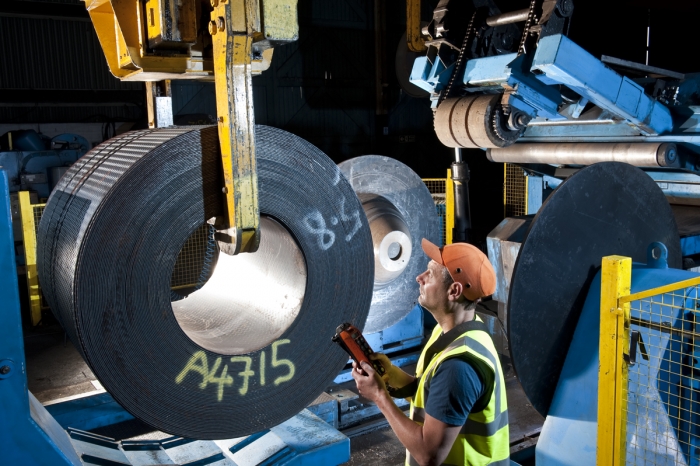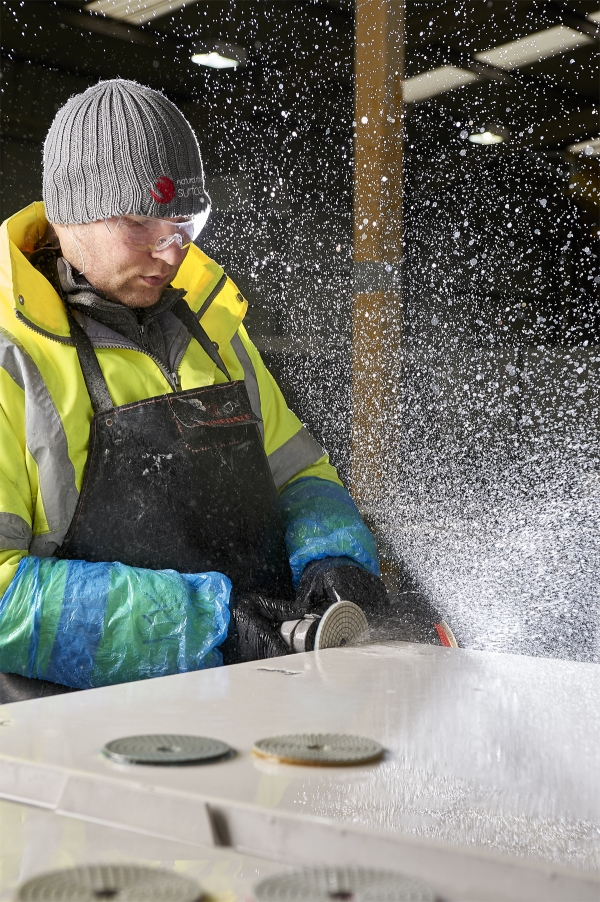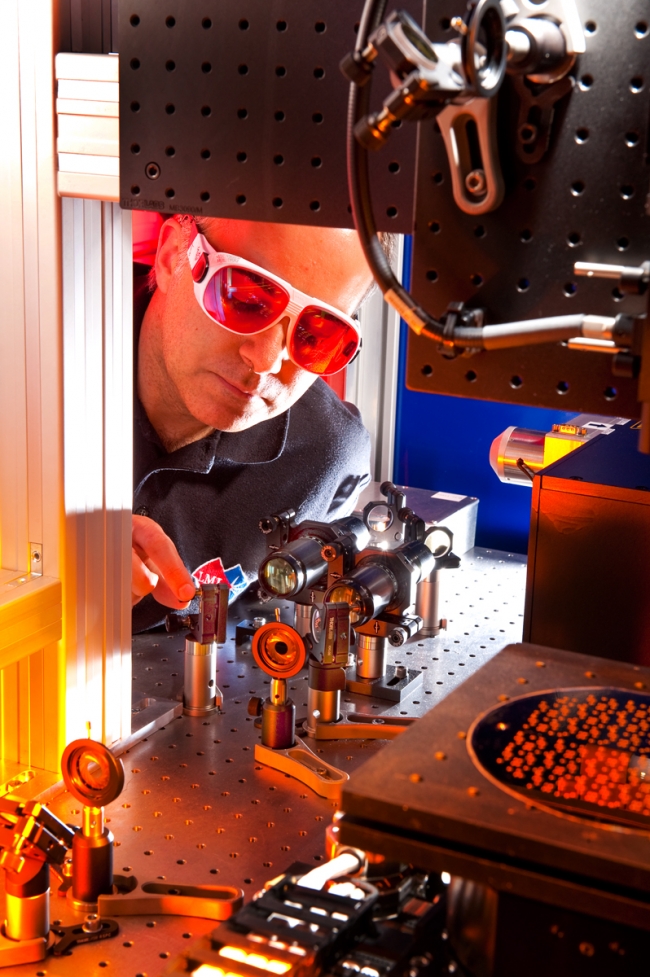4 minute read
Industrial Photography – Glamorous?
The combination of photography and manufacturing may not sound like much of a marriage to most people, but to industrial photographer Adrian Waine, it’s a blend which continuously opens the door to new and varied subjects.
With most photographic assignments underpinned by marketing, the whole point is to raise a company profile or to tell the world just what you are capable of. A stunning visual image will always take president over the written word and it cuts across the cultural and language barriers too. A picture which carries its message from one brief glance can be worth its weight in gold, but how’s it done?

Inside Atlantic Steel in Merseyside / Picture: Adrian Waine
A new brochure or an exhibition are little use without riveting pictures which stop you in your tracks. It’s necessary to draw you in, look deeper, maybe ask some questions and then you might be on your way to doing some business. Adrian’s job is to create these pictures in the first place. So, returning to the Midas Touch, there are a number of different elements which create fantastic pictures and they begin with a) Lighting and b) Attention to detail. The key is often to route out something interesting about your subject which most people might miss, this might mean looking at it from floor level – yes down where all the dust and dirt lies!
Once the viewpoint is located, it’s then time to bring it to life with flash lighting which transforms it into a front cover or a backdrop to an exhibition. Picking out intricate details and textures by using small flash guns hidden within machinery can produce the most spectacular results. It shouldn’t be underestimated though, doing this kind of work takes time and sometimes equipment is out of action whilst the shoot takes place. This has to be seen as an investment as a set of really great images can run for miles and help to win oodles of business and endorse the company’s brand through marketing and PR. Those commissions which allow the time and space usually produce the most worthy photographs.

Action shot taken at Natural Stone Surfaces for Atlas Copco / Picture: Adrian Waine
If you’re a fan of industry then you will already know that the manufacturing environment can yield some of the most interesting and fascinating subjects. Transforming these into pictures can be heaven and hell at the same time for the industrial photographer as things are not always as easy as they might be. Seemingly simple issues such as power supplies, solvents and moving machinery are all obstacles to overcome. One everlasting occurrence is the flashing light on a fork lift truck. There’s more to it than just a light, it is more likely a pulse which can continuously trigger electronic flashes into perpetual motion. Very quickly all the fuses can blow due to overheating.
Planning a photographic job requires a good technical knowledge where the photographer works in tandem with the site operators. The key is to get the job done safely whilst everyone else manages to achieve theirs with minimum disruption. Hence work permits and gas detection meters come into action before a single shutter is fired. A good example would be paints and solvents where there’s a potentially explosive atmosphere – don’t forget, an electronic flash is a spark!
We have all no doubt seen countless shots appear on magazine covers, at exhibitions and in brochures so in future give a thought to what effort from the photographer hides behind them.

Lighting & attention to detail are the two most important elements to create great photographs / Picture: Adrian Waine